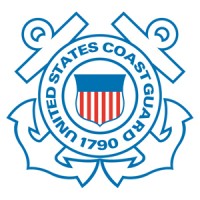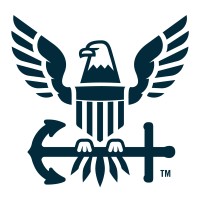
U.S. Coast Guard
The mission of the U.S. Coast Guard is to protect the public, the environment, and U.S. economic interests — along the coast and our coastal borders, in the nation's ports and waterways, in international waters, or in any maritime region as required to support national security. As one of the six branches of the Armed Forces, the U.S. Coast Guard is vital to our nation's safety and security. U.S. Coast Guard personnel are the backbone of America’s maritime security. The U.S. Coast Guard employs a topnotch civilian workforce, with more than 7,000 positions in nearly 100 locations nationwide. Search for Jobs and Internships at USAJobs.gov.






